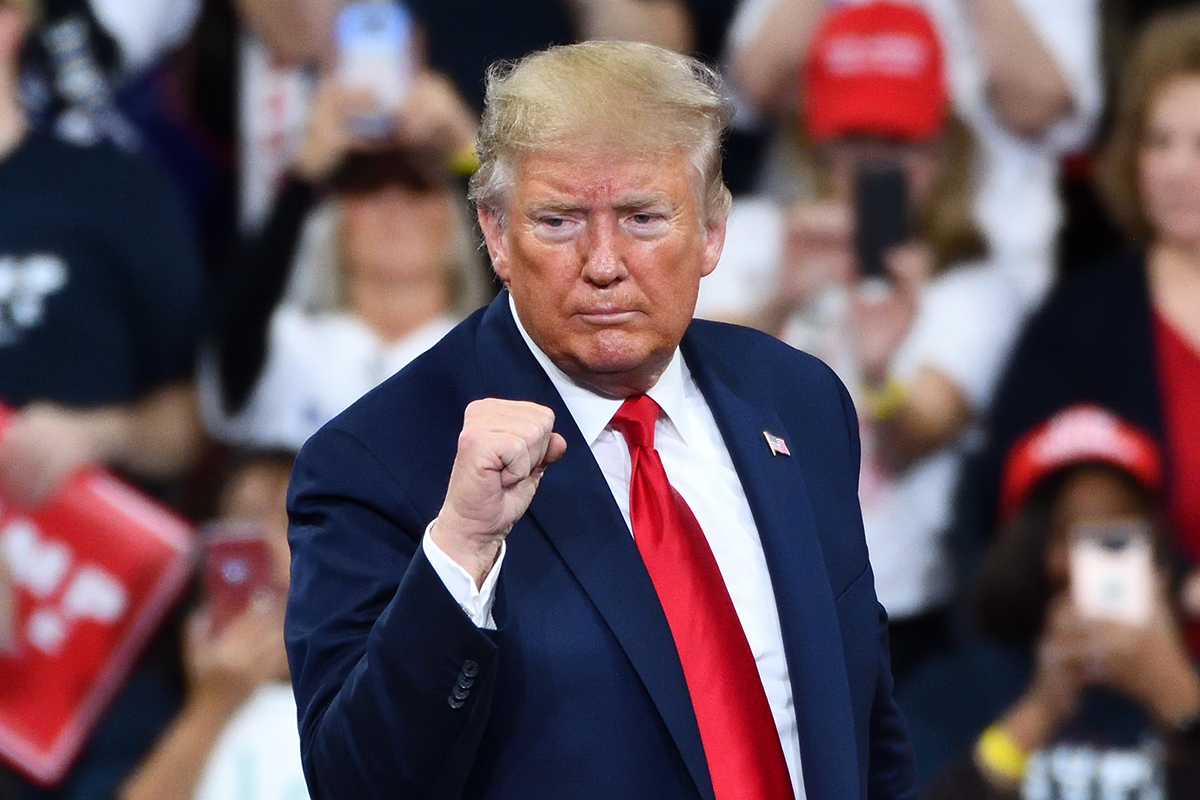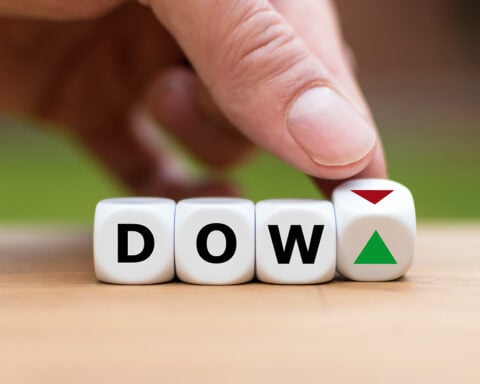Former president and 2024 presidential candidate Donald Trump is proposing a sweeping tariff policy that could significantly disrupt both the U.S. and global economies. The plan aims to impose universal tariffs of 10% to 20% on all U.S. trade partners, with goods from China potentially subject to tariffs as high as 60%. In extreme cases, certain imports could face tariffs ranging from 100% to 1,000%, signaling a major shift toward economic protectionism and isolationism. While the objective is to boost domestic production, these aggressive measures carry substantial economic risks.
The proposed tariffs would drive up the cost of key imports, such as food, electronics, and pharmaceuticals, directly affecting American consumers—especially those with lower incomes. With the U.S. economy deeply interconnected with global trade, experts warn of supply chain disruptions, increased prices for everyday goods, and higher operating costs for domestic businesses that depend on foreign materials. Analysts predict that average households could see additional annual expenses ranging from $2,600 to $7,600, with low-income families hit hardest, facing up to 6% more of their income spent on essentials.
The stock market is also expected to react negatively to the tariffs. A universal tariff of 10% could result in a similar drop in stock prices, with industries like automotive manufacturing bracing for severe losses. Companies such as General Motors and Ford are projected to see earnings shrink as production costs rise and consumer demand slows. Economic experts warn that this could create inflationary pressures, pushing mortgage rates higher and limiting consumer spending. A combination of sluggish growth and rising prices could lead to stagflation—an economic condition marked by high inflation, slow growth, and weak job creation.
Trump’s plan seeks to bring jobs and production back to the U.S. by making imports more expensive, encouraging companies to shift operations domestically. However, this transition would take years, requiring substantial investments that many businesses may not be ready to make. In the short term, companies reliant on imports could face serious financial challenges. Furthermore, other countries are likely to respond with retaliatory tariffs, reducing demand for U.S. exports. Previous trade disputes saw the European Union target U.S. agricultural products and iconic brands like Harley-Davidson, and experts expect similar measures if Trump’s tariffs are implemented.
Major U.S. trading partners, including Canada, China, and the European Union, are already preparing countermeasures. These could include restrictions on critical resources like steel, aluminum, and lumber or reducing imports of American goods such as aircraft and agricultural products. China, in particular, could scale back agricultural purchases from the U.S., a move that previously triggered costly bailouts for American farmers during Trump’s first term.
The proposed tariffs would also put the U.S. at odds with international trade agreements. A blanket tariff policy is likely to violate World Trade Organization (WTO) rules, triggering legal challenges. Although WTO disputes can take years to resolve, affected countries are expected to respond with swift retaliatory measures, further escalating trade tensions.
The potential economic fallout from these tariffs is significant. The U.S. imports over $1 trillion in goods annually, much of which is essential to consumers. Economists estimate that a 20% tariff could function as a $4 trillion tax increase over the next decade. Rising costs would extend to fuel prices, with regions like the Midwest, which rely heavily on Canadian oil, seeing gas prices jump by as much as 75 cents per gallon. While Trump’s policy encourages the development of domestic alternatives to imports, these efforts would take years to materialize, creating short-term shortages and higher prices.
In addition to slowing trade, there are concerns that countries like China and European nations could reduce their purchases of U.S. Treasury bonds. A decline in foreign investment could push long-term interest rates higher, making borrowing more expensive for American consumers and businesses. Trump’s plan to devalue the dollar to stimulate exports may also backfire, as trade wars typically strengthen currency values—possibly causing the dollar to appreciate instead.
Despite the potential economic challenges, Trump remains confident that his tariff policy will revitalize American manufacturing and foster long-term economic growth. His campaign emphasizes that tariffs will reverse the effects of globalization and restore jobs lost to foreign competition. Polls suggest that many voters support these measures, with 56% of independents backing higher tariffs, particularly on Chinese imports.
As the global community braces for a potential trade war, governments and businesses are preparing for the fallout. Many companies are reassessing their supply chains to mitigate risks, while countries explore retaliatory strategies targeting key U.S. industries. The uncertainty surrounding Trump’s proposed tariffs could reshape global trade for years to come, forcing businesses to navigate a new economic landscape.







